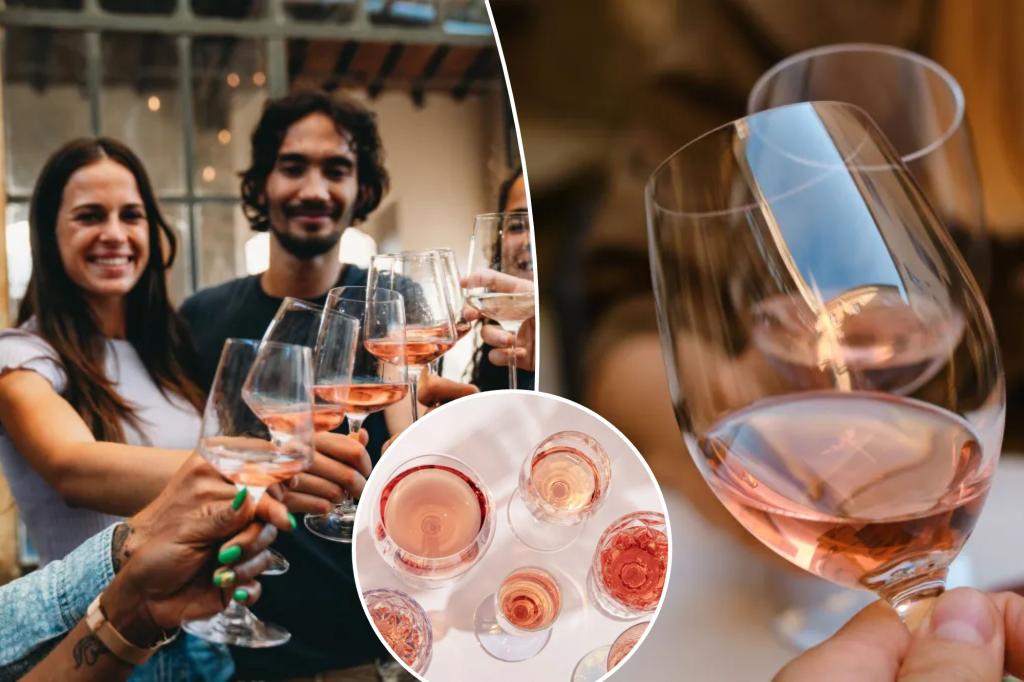A recent poll revealed that one in 10 wine drinkers believe that all rosé is made by mixing white and red wine. However, the color and flavor of most rosé are actually due to early harvesting of red grapes and the short amount of time that the skins of the crushed fruit remain in the juice. In some cases, rosé can also be a byproduct of red winemaking through a process called ‘saignée’. While some winemakers in Australia and New Zealand may make rosé from a blend of red and white wines, this practice is prohibited in the EU, except for rosé champagne.
Another misconception revealed in the poll is that 49 percent of rosé drinkers typically consume this type of wine at the wrong temperature. According to experts, rosé should be served between 7–13°C (44.6–55.4°F) and should be removed from the fridge 15 minutes before drinking to ensure it is not over-chilled. It is also a common belief that red wine should never be refrigerated and that ice cubes should not be added to a glass of wine. However, the optimal temperature for enjoying rosé is between 7–13°C, and adding a few ice cubes to a glass of rosé on a warm day is acceptable.
Twice as many respondents who drink rosé prefer pale rosé over dark rosé, with 10 percent believing that paler rosé means better quality. Only 15 percent of those polled correctly believe that rosé can be used to make wine cocktails, while 18 percent think it is acceptable to add ice cubes to a glass of rosé. Additionally, only 17 percent of those who drink red wine would ever put it in the fridge, despite experts advising that some reds benefit from being lightly chilled, such as Pinot Noir, Grenache, and Marzemino from Northeast Italy.
The study also found that 25 percent of respondents do not know how long a bottle of wine will keep for after being opened, and only 34 percent believe that wine in a can or box can be the same quality as bottled wine. Additionally, only 28 percent have tried wine from a pouch, even though it often keeps longer once opened than bottled varieties. The study also revealed that while 29 percent have heard of orange wine, eight percent wrongly believe that it is fortified with orange liqueur.
Joseph Arthur, M&S senior wine buyer, explained that orange wine has nothing to do with oranges and is actually made from white grapes that are fermented with their skins still on, similar to the process of making red wine. This gives orange wine a beautiful amber color and a unique, rich flavor that differs from regular white wine. Arthur encourages those looking to try something different and exciting to give orange wine a try. Despite the misconceptions about wine revealed in the poll, experts recommend serving rosé at a specific temperature and debunking myths such as red wine never being refrigerated or ice cubes never being added to a glass of wine.


